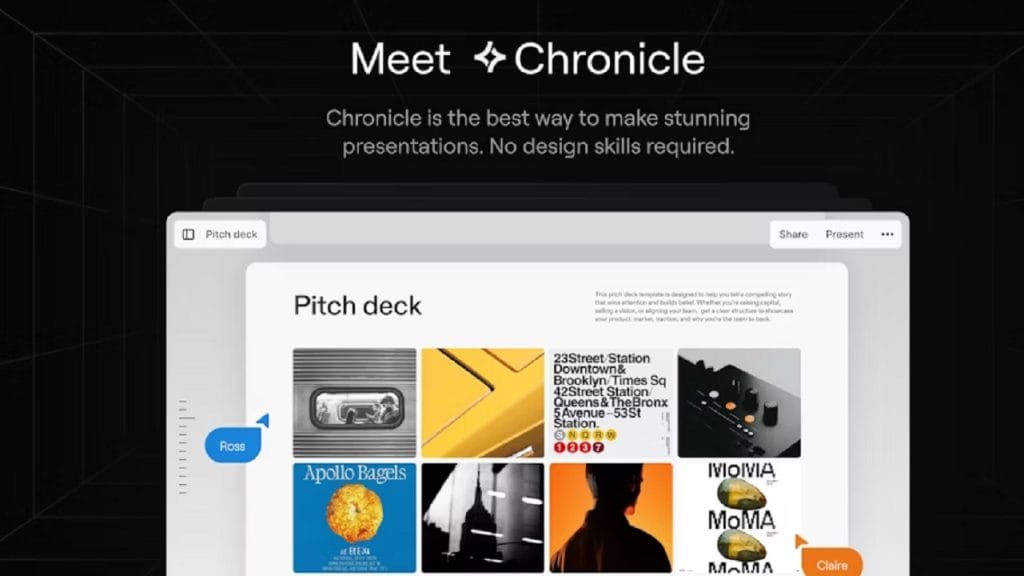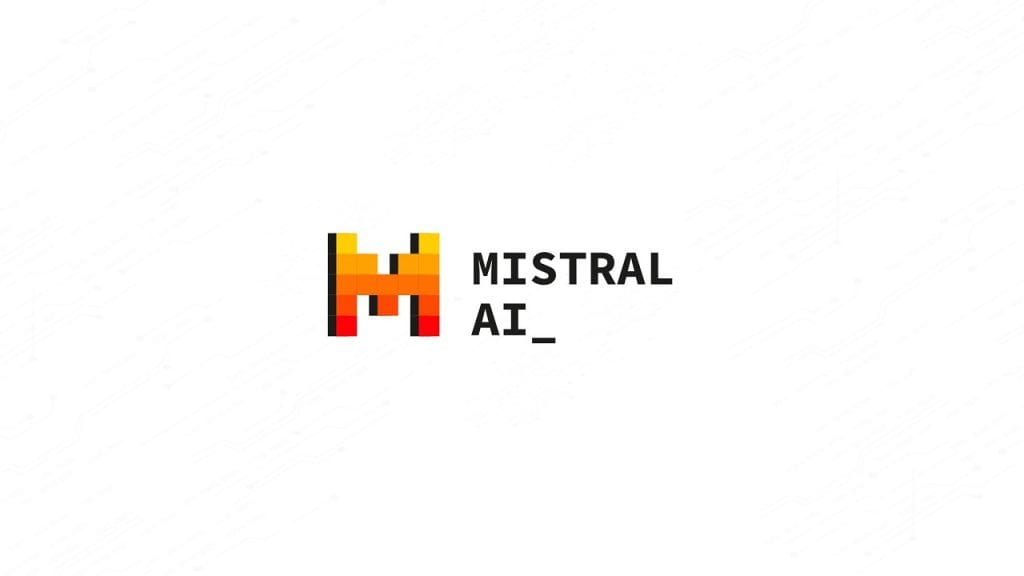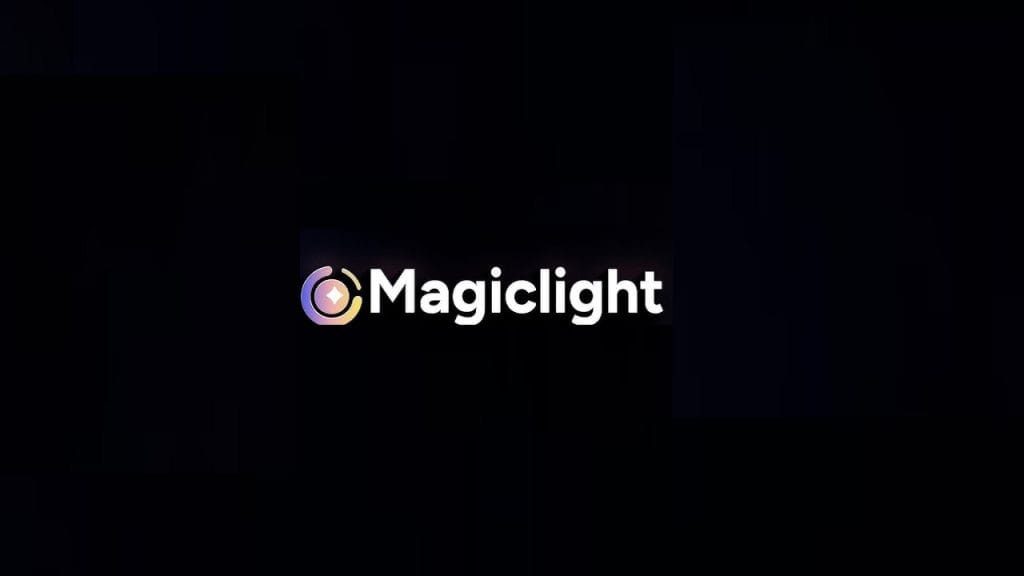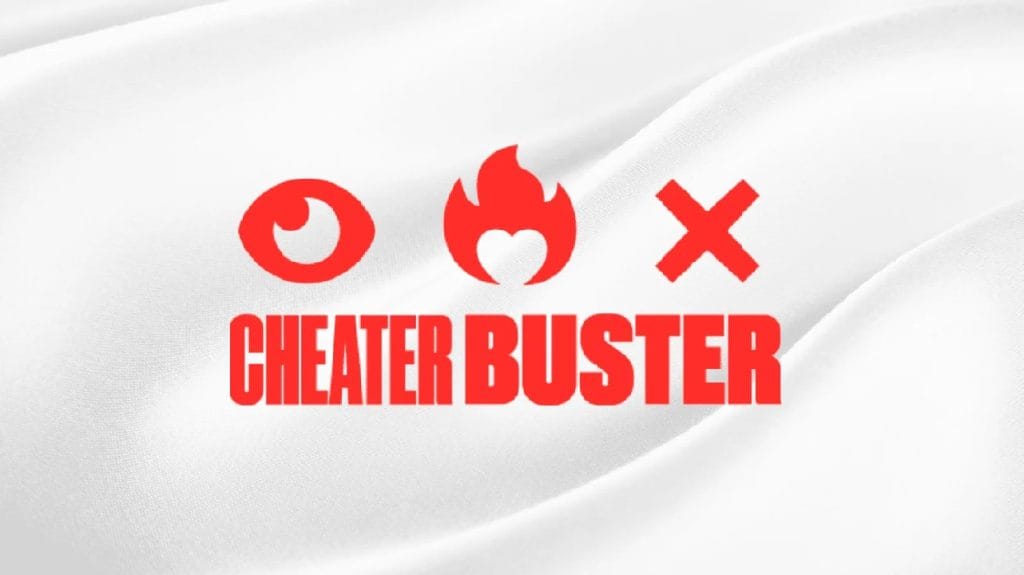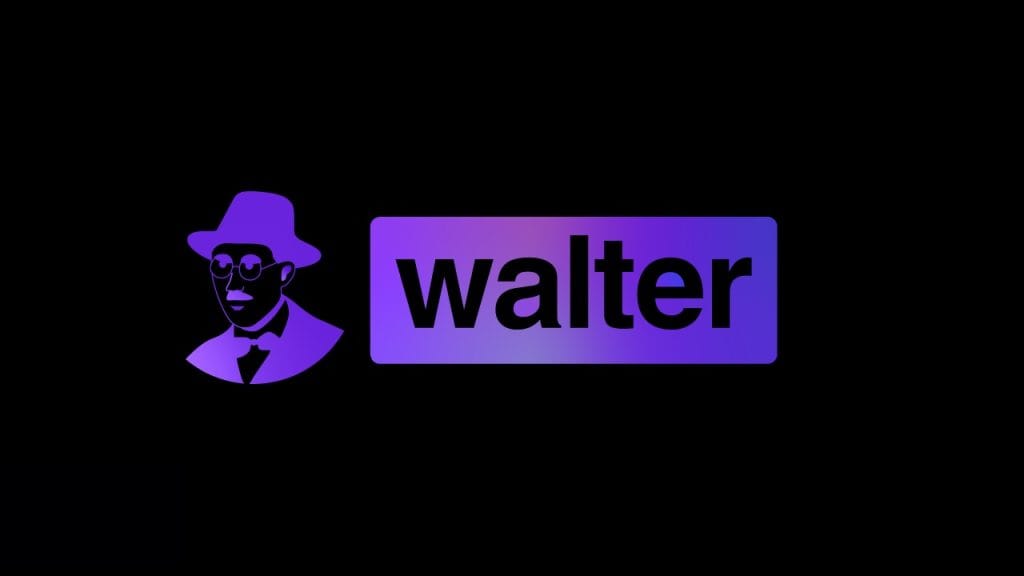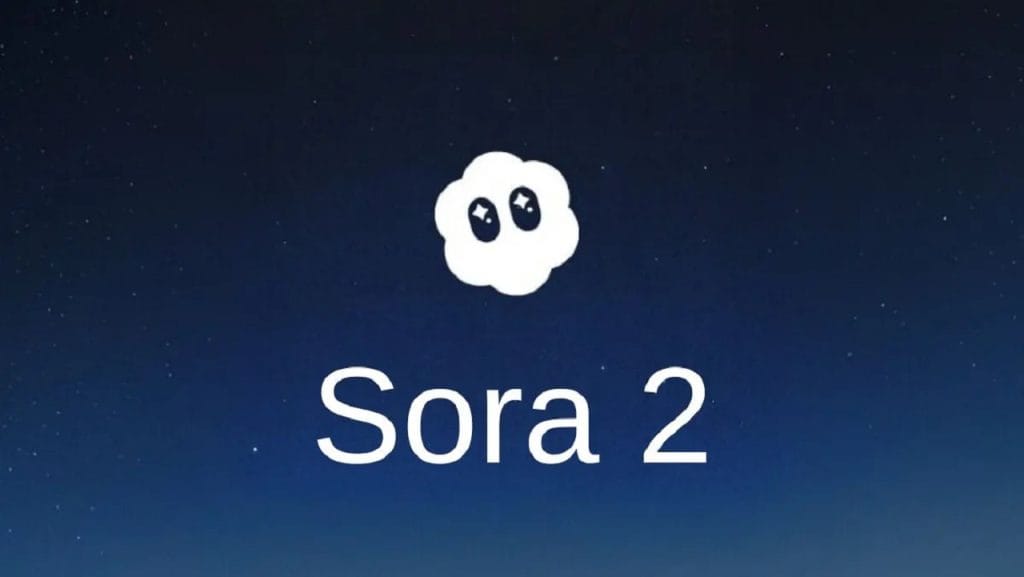
Sora AI SEO Blogs
- Verified: Yes
- Categories: AI Content Generation, SEO Optimization, E-commerce Tools
- Pricing Model: Freemium
- Website: https://openai.com/sora/
What Is Sora?
In an era where artificial intelligence is rapidly morphing from prediction engines into creative partners, “Sora” emerges as a noteworthy term—and one that deserves unpacking. Broadly speaking, Sora refers to the new generation of AI-video creation tools pioneered by OpenAI (via its Sora model).
Within this context, Sora encapsulates the promise of text-to-video generation where a simple prompt becomes moving imagery. As OpenAI notes, Sora “can generate videos up to a minute long while maintaining visual quality and adherence to the user’s prompt.” OpenAI+2OpenAI+2
Why does this matter? Because the video industry is evolving—and fast. A tool like Sora holds the potential to radically reduce production bottlenecks, enable expressive storytelling by non-experts, and shift how content is created and distributed.
Thus, in this article we will use the keyword Sora (2-3 times naturally) to discuss what it represents, why it matters, and how it fits into the broader AI-video landscape.
The Rise of AI Video Generation
The last few years have seen a steady shift from static AI generation (text and image) into dynamic generation (video and audio). Where once deployment was costly and bespoke, the arrival of tools like OpenAI’s Sora signals a leap in accessibility.
Existing tools such as Runway Gen‑2, Pika and Synthesia opened the door to generative video—but each came with constraints (limited motion realism, shorter durations, higher manual intervention). For example, a recent evaluation of six leading AI video tools listed Sora among the highest performers for detail and realism. Search Engine Land
Enter Sora: its aim is to fill the gap between static generation and full-production video workflows, offering realistic motion rendering, scene continuity, and text-to-video output all in one package. Where previous tools might generate short loops, Sora attempts to produce more coherent scenes, sustained storytelling, and enhanced quality.
In comparison:
- Runway Gen-2 offers rapid prototyping of video clips but still struggles with consistent character motion and long durations.
- Pika is more niche, often focused on stylized or social-video output.
- Synthesia leans heavily into avatar-based video generation (often for corporate applications) rather than full cinematic scenes.
Thus, Sora positions itself as the next wave: bridging creative ambition with generative accessibility.
Sora’s Key Features
Below are the major features that define how Sora (via OpenAI’s Sora model) works—and what makes it distinct.
Text-to-Video Generation
- Input: A user supplies a prompt (for example: “A futuristic city in early morning mist, flying cars above, cinematic style”). OpenAI+1
- Output: A video clip generated by the model that aligns visually with the prompt.
- Benefit: Removes the need for full filming or complex animation pipelines.
Realistic Motion Rendering
- The model is designed to understand motion, camera dynamics, object permanence and scene continuity. For instance, Sora 2 improves physics-based motion in clips like “backflip on a paddleboard” to simulate buoyancy and rigidity. OpenAI
- This realism makes Sora-type output more usable for professional or semi-professional applications.
Frame-by-Frame Editing & Control
- Users can fine-tune scenes, adjust camera angles, change lighting or edit frame sequences (depending on implementation).
- This control allows for refinement beyond the “one-click” generation model.
Scene Continuity and Storytelling AI
- Rather than just one shot, Sora aims for coherent multi-shot sequences, consistent characters, and narrative flow. Sora’s model card emphasizes extended durations and higher fidelity. OpenAI+1
- For example: multiple scenes of a character walking, turning, interacting with environment—all generated from a prompt sequence or edited prompts.
Integration with ChatGPT or DALL·E
- Because the underlying model sits within the OpenAI ecosystem, users may link text generation (via ChatGPT) or image generation (via DALL·E) to video generation workflows.
- This suggests: you generate prompt text via ChatGPT, use DALL·E to generate key frames, then feed into Sora to animate the sequence.
- Such integration helps streamline ideation → image → video.
As the generative AI video space heats up, Sora (as shorthand for this next-gen capability) represents a key milestone. With its text-to-video power, realistic motion, editing control, narrative sequencing, and ecosystem integration, Sora is poised to reshape how creators—from marketers to filmmakers—bring ideas to life. For businesses, educators, and storytellers, the opportunity is clear: lower cost, faster turnaround, greater expressive freedom. That said, as with all emergent tools, considerations around ethics, training data transparency, and quality will matter.
If you’re curious, the next step is to experiment (where available) with Sora or Sora-type tools and map where they fit in your workflow.
Monetization Plans (As per OpenAI’s Update)
According to Bill Peebles (head of the Sora video-app team at OpenAI), the monetisation approach for the app involves multiple levers. mint+3Yahoo Tech+3Gadgets 360+3
Here is a summary of how the model is shaping up:
- Subscription / free tier + paid credits model
- Free users of Sora receive about 30 free video generations per day; Pro users may receive up to 100 per day before extra charges apply. India Today+2mint+2
- After exceeding the free daily limit, users can purchase packs of extra generations: e.g., 10 additional video generations for US $4. Gadgets 360+2WinBuzzer+2
- API / enterprise licensing potential
- While OpenAI has stated that there is “no plans for a Sora API yet” as of December 2024, this leaves open future enterprise/licensing possibilities. TechCrunch
- Creator credit / revenue-sharing system (future roadmap)
- Peebles hinted at building a “new Sora economy” where users (or rights holders) may monetise “cameos” of characters, pets or objects in generated videos — i.e., users could pay to use certain “cameo” characters and creators may be paid. India Today+1
- Thus, ‘Sora’-style generation (if we treat Sora as part of or derived from Sora) may incorporate a creator-credit model where users pay for access, and creators gain compensation.
In short: according to OpenAI’s Chief Bill Peebles, Sora could be monetised through subscription and pay-per-generation models, assisted by enterprise licensing and creator-revenue features.
Sora vs Sora – What’s the Difference?
Because the keywords “Sora” and “Sora” appear interchangeably in some discussions, it’s helpful to clarify:
- Sora is the official name of OpenAI’s text-to-video generation platform/app.
- Sora appears in this article as an adopted keyword to refer to the broader capability or variant of Sora (for SEO/branding purposes). It could be:
- A project phase or codename for a forthcoming version of Sora.
- A regional variant or marketing term (though as of current public sources, only “Sora” is documented).
- A generic shorthand used by users or articles to refer to Sora plus its ecosystem (hence “Sora”).
- For clarity: When you search “Sora”, you may not find direct product references — instead you’ll likely land on Sora-related content. Therefore, this article uses “Sora” as the targeted keyword while grounding content in the publicly documented “Sora”.
- The overlap is intentional for SEO: you address both “Sora” and “Sora”, acknowledge the potential confusion, and explain that “Sora” may be a branding/variant of Sora.
Potential Use Cases of Sora
Here are some real-world examples of how Sora-type (i.e., Sora-based) video generation capabilities could be used across industries:
Filmmakers & Ad Creators
- Rapid prototyping of storyboards: type a prompt, generate a moving scene, tweak it, iterate quickly.
- Create short cinematic sequences (for trailers, teasers) without full production crew.
- Low-budget agencies using Sora to generate animated or live-action-style videos for campaigns.
Educators and Storytellers
- Teachers generate animated scenes to illustrate concepts (e.g., historical events, scientific processes) in minutes.
- Authors or digital storytellers produce short visual narratives for social media or children’s content.
Gaming, AR/VR Content Creation
- Game developers generate background cut-scenes, environment visuals, or character motion sequences using Sora as a fast asset-creation tool.
- AR/VR experience designers use Sora-generated video loops or transitional clips as part of immersive storytelling.
Corporate Training Videos
- Internal training departments create scenario-based videos (e.g., customer-interaction simulations, safety drills) using text prompts rather than filming actors.
- Companies use “cameo” versions of their own employees or brand mascots in generated videos for internal comms or marketing.
- Expert Opinions and Market Predictions
The emergence of tools like Sora (and by extension the concept of “Sora”) has prompted commentary from researchers, analysts, and ethicists.
- According to research from McKinsey & Company, generative-AI use cases could add an equivalent of $2.6 trillion to $4.4 trillion annually in value across industries — indicating the economic stakes that video-generation tools may tap into. McKinsey & Company
- Market-analyst figures project the global AI-video-generator market size (where Sora/Sora would compete) as increasing from about US$555 million in 2023 to nearly US$2-3 billion by 2030. Grand View Research+1
- Creative-industry voices are cautious. For example, a feature in The Guardian quoted one advertising-executive calling Sora a “Kodak moment” for his industry — meaning a major turning point. The Guardian
- Ethical and operational concerns abound: A study by Hugging Face warns that AI-video tools may pose greater risks than deepfakes due to their energy consumption and production scale. The Economic Times
Thus: - The market potential for Sora-type tools is large and growing.
- The creative/advertising ecosystem sees disruption.
- At the same time, ethical, copyright, and resource-usage risks loom large — meaning success isn’t guaranteed without proper governance.
How to Access Sora (If Available)
Here are the steps (or what is known) to access a Sora-type platform (based on Sora’s rollout).
- Check for a beta program or waitlist: As of now, OpenAI’s Sora has been gradually made available in limited regions and formats. OpenAI+1
- If you get access:
- Sign in using your account (e.g., a ChatGPT or OpenAI account).
- Navigate to the video-generation interface where you provide a text prompt, optionally an image/video input.
- Generate the clip, then download or edit as allowed.
- Alternatives until full public release: While Sora/Sora may still have restricted access, you can explore competing platforms such as Runway Gen‑2, Pika, or Synthesia — which provide text-to-video or avatar-based video generation today.
Note: Because “Sora” may be used as a codename, variant term or SEO-targeted keyword, be sure you’re accessing the correct official product (Sora) and verifying licensing/usage terms.
Conclusion: The Future of AI Video with Sora
In summary, a Sora-type tool promises to democratize video creation in ways previously reserved for high-cost production setups. With text-to-video generation, realistic motion rendering, scene continuity, and ecosystem integration, it stands to lower barriers for filmmakers, marketers, educators and creators.
Going forward:
- We may see a shift where video content can be created nearly as easily as text or images — radically expanding creative possibilities.
- Tools like Sora could help level the playing field between large studios and independent creators, enabling faster iteration, lower cost, and more experimentation.
- But for that potential to be realised, the governance around consent, copyright, authenticity and environmental impact must keep pace.
In other words: For anyone interested in storytelling, marketing, education or immersive content — keeping tabs on Sora (and its developments via Sora) is a smart bet. The landscape is changing — and those who adapt early may gain a sizable advantage.

